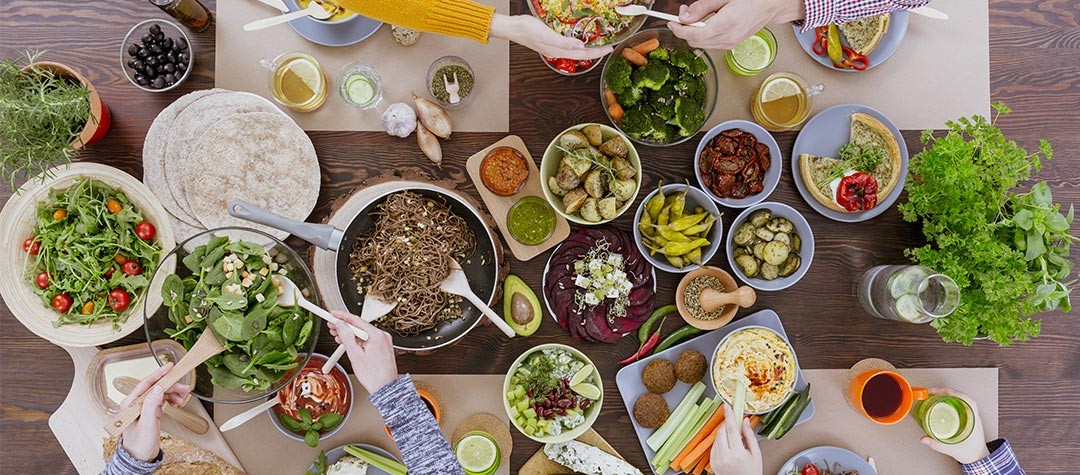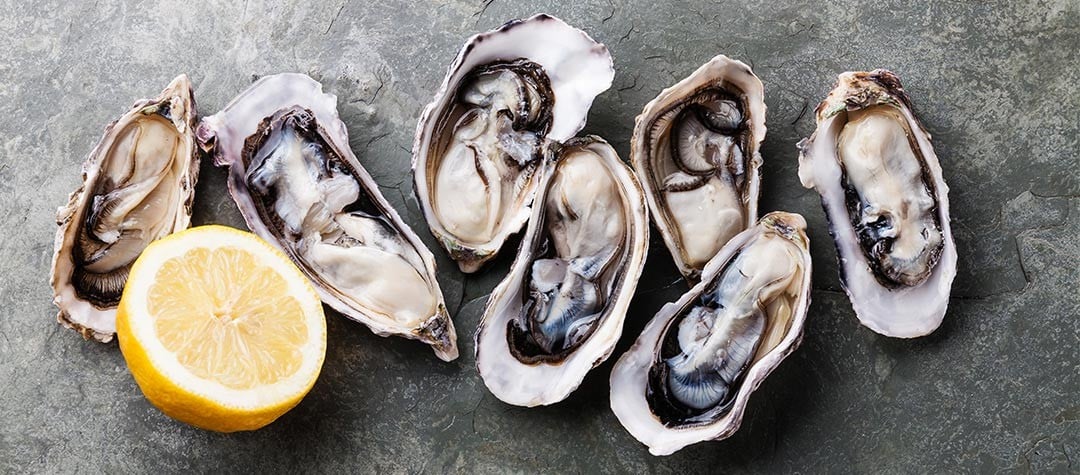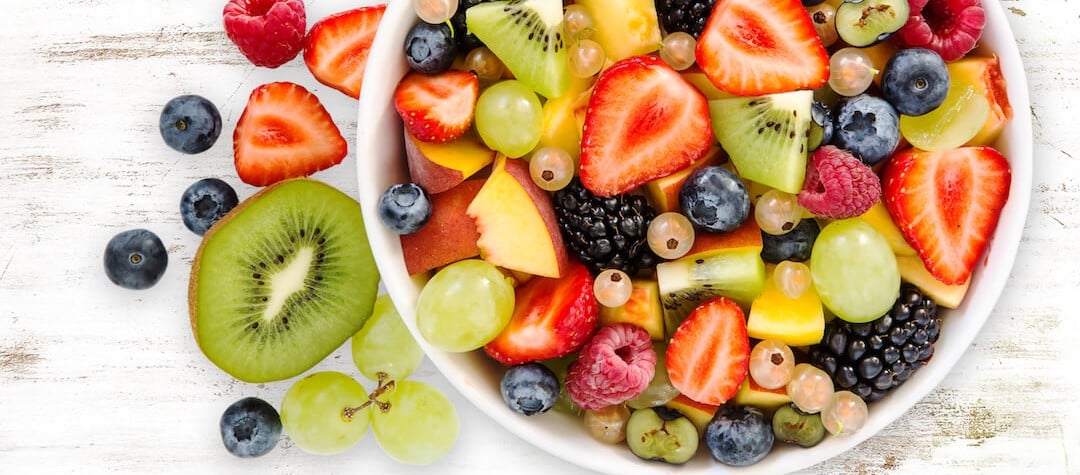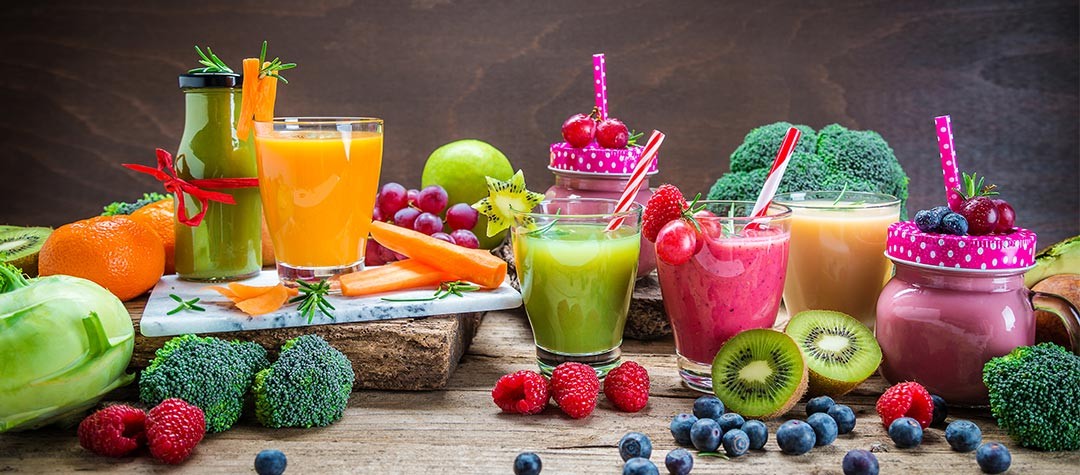Eating healthily need not be expensive. Here are some ideas to help you eat and shop better without wiping out your entire weekly food budget in one go.
There are no special foods, drinks or diets needed to simply eat healthily, and it is important to give your body all the goodness it needs to function properly. What you need to do is eat and shop sensibly — choose foods from the five different food groups and remember to watch your portion sizes.
1. What are the five food groups?
- Fruit and vegetables
- Bread, other cereals, such as breakfast cereals and potatoes
- Milk and dairy products
- Meat, fish and alternatives
- Foods containing fat and sugar
A little bit of planning before you hit the supermarket will help you save money and ensure you buy healthy. Work out how much you're going to spend on food each week and plan your shopping list around it.
These tips will help you get your food choices right when you are looking to eat healthily but also want to do it on a budget. They’ll also ensure you waste less:
2. Avoid food shopping when hungry
This is one of the cardinal sins of food shopping; go shopping on an empty stomach and you’ll come back with all sorts of impulse buys that appealed when your stomach was growling, but probably don’t know. In all likelihood, those food purchases will be the fat-filled, artery-clogging processed foods that are going to have cost you both in monetary and health terms.
3. Avoid food shopping with the kids
Shopping with the kids leaves your purse or wallet in severe danger, and if they are hungry when you go shopping, it’ll be a double whammy. Kids will have been subjected to all sorts of clever advertising and will be pestering you for the far-from-healthy options like cholesterol-filling brontosaurus burgers and calorie-busting, decay-inducing, sugar-coated cereal. And if the kids are hungry, they’ll be pestering for an unhealthy snack to fill them ‘til you get them home too!
4. Shop with a shopping list
Those who shop with a list generally buy exactly what they need; those who don’t pay the price. Preparing a well-planned shopping list creates some discipline so that you can avoid walking up aisle after aisle of inviting junk food, which is just waiting to reel you in. If you don’t have to shop aisle by aisle, you can buy just what you want, saving you and your family from a junk food overload.
5. Plan to eat fresh soon after your shop
Even the best of intentions can be wasted. You buy lots of fresh fruit and vegetables, and lean meat and fish, and then it just sits there as if it’s an experiment to recreate the discovery of penicillin. The best advice is if you are planning to create healthy meals, do so within a few days of your shop so that you use up the healthy ingredients you bought. You could make wilted lettuce a thing of the past by having salads earlier in your shopping week. Also buy unripened fruit and veg so you have longer to use it.
6. Frozen vegetables and fruit
These are an alternative to fresh produce mentioned above, and due to long transportation or storage periods of some ‘fresh’ produce on offer in the supermarkets, frozen can be just as nutritious and very often they are cheaper. They are also very convenient to keep in the freezer for when you have little time for preparing fresh vegetables.
7. Become a smoothie operator
Those bananas that have been sitting there ripening in the fruit bowl need not be ditched once they have metamorphosed into black bananas. Put them to good use and make a smoothie which will not only make use of the bananas but prevent you from feeling the need to snack on some other less healthy option. The same applies to many other forms of fruit, while certain vegetables could still be ‘recycled’ in a soup or stew.
8. Make your own healthy lunches
It probably seems as though your lunch break is continually being squeezed and the temptation to go for the easy option fast food meal can be great. Avoid that temptation and consider taking food left over from the evening meal to work the next day, or making a healthy sandwich or salad at home which is going to be much cheaper than the salt-packed, deep-fried fast food option.
9. Drink tap water
Is bottled water really what it’s all cracked up to be? Yeah, we all know that water is good for us and that recommendations are that we should drink around 8 glasses of water a day, but there’s nothing to say this has to be bottled water. Buy yourself a reusable water bottle and fill it with tap water and you can keep it in the fridge if you like your water chilled. Keeping yourself topped up with water will stave off hunger pangs, which are actually usually just signs that the body is dehydrated rather than hungry. Drinking water will also limit your need for fizzy soft drinks.
10. Be wary of special promotions
Just because it is 'buy one, get one free' doesn’t necessarily mean that you have to buy it! If the offer is for rice or pasta (or something healthy) take advantage, but if the offer is for chocolate, crisps or biscuits, try to resist.
11. Cook in bulk and freeze in portions
That way you will never be caught out, you will always have some ‘convenience’ food in that is healthy and quick to prepare (always make sure that the food is piping hot all the way through when served).
12. Invest in some basic cookbooks
Learn how to cook from scratch — convenience food (ready meals) is an expensive option; why pay someone else to do all the preparation for you when it’s much cheaper and easy to buy basic ingredients and make much healthier meals yourself?
13. Be healthy all year round
Use the seasons for the best tasting and best value produce — in winter you'll pay more for summer produce, so try leeks, parsnips, broccoli and winter vegetables instead of asparagus and other summer vegetables. However, in summer make the most of summer fruits such as strawberries, raspberries and blueberries while they last!
14. So what are some good value, healthy meal ideas?
These simple suggestions below prove that there are some good food options that you can add to your weekly shop which are relatively cheap and very easy to include in your diet.
Beans on toast
Pulses such as baked beans are a cheap and filling source of protein. To be super-healthy, try not to add butter to the toast.
Eggs
Omelette and salad, scrambled eggs on toast or boiled eggs and toast ‘soldiers’; eggs are a great versatile and economical food.
Porridge
With semi-skimmed milk or skimmed milk, topped with honey or a little sugar, porridge is a great way to start the day.
Bread
Whether you like sandwiches, toast or bread and butter, go for wholemeal as it is more filling than white. A cheap and nutritious starchy food, wholemeal bread is also a good source of iron.
Baked potatoes
With cheese, tinned tuna or baked beans, potatoes are a great way to make sure that you get some protein and starchy carbohydrate in the same meal.
Desserts
Try these three desserts to ensure you have some calcium containing dairy produce and fruit in your diet.
- Bananas and custard
- Rice pudding and canned fruit in juice
- Yoghurt and a piece of fruit















